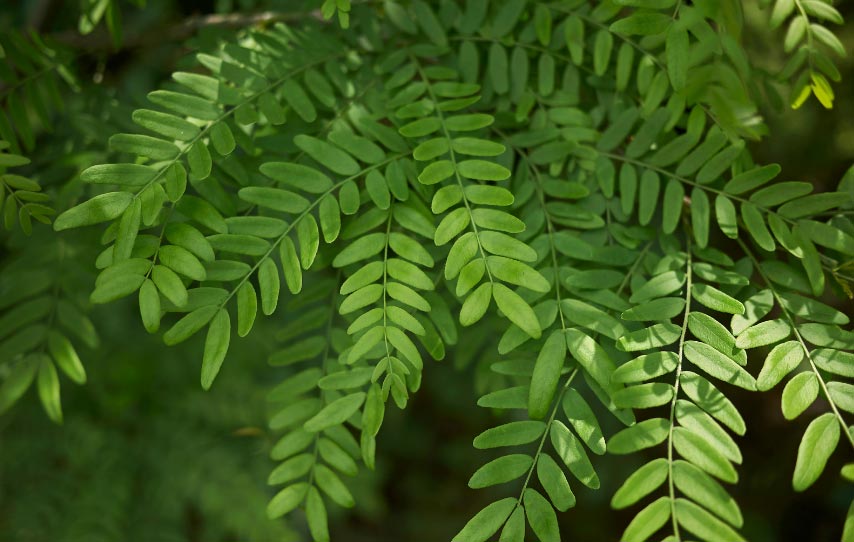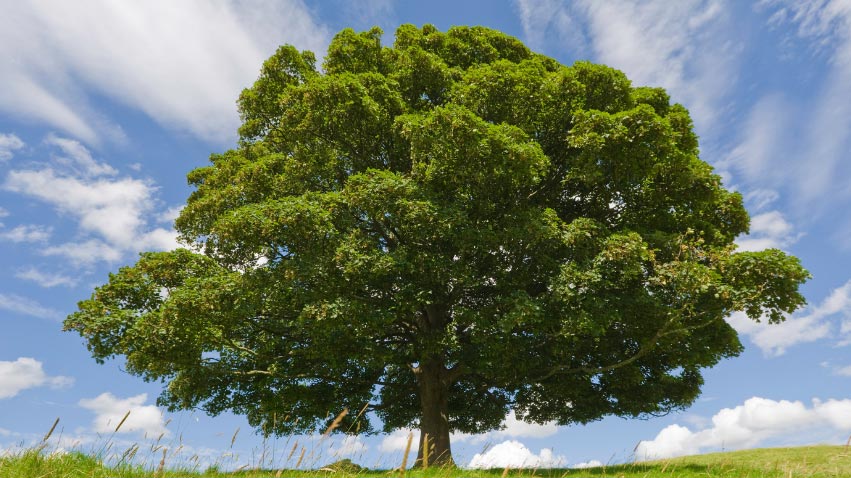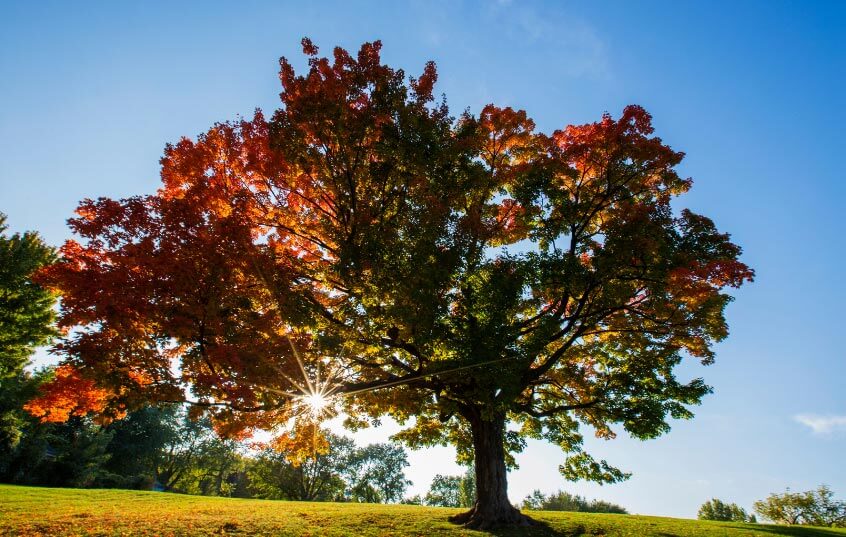Looking to add some shade, beauty, and majesty to your property? Here is a great guide to honeylocust, hornbeam, and linden trees.
Thornless Honeylocust
(Gleditsia tricanthos var. inermis) – This form of Honeylocust does not display any of the thorny limbs of the traditional Honeylocust. It has an open silhouette with a canopy capable of providing filtered shade. A fast-growing tree with fragrant spring flowers and delicate tiny leaflets that turn yellow in fall.
Hornbeam
(Carpinus betulus) – European Hornbeams are ornamental landscape trees whose leaves are densely textured, ovate, dark green, with serrated margins. The leaves stay on the tree for a very long time making it a haven for wildlife in the winter. Slim clusters of yellowish flowers appear in spring before the leaves emerge. The European Hornbeam is considered a slow grower, about one foot per year which makes it a good choice for most home landscape applications. European Hornbeam is columnar when young and grows into and elegant, stately tree as it ages with a more rounded and expansive crown. They have been in North America since the colonial times, are long lived and doesn’t mind a good pruning.
Linden
(Tilia) – Linden trees are a large, statuesque, reliable shade trees that provide ample shade to any landscape. Renowned for their stunning foliage, heavy flowering and handsome form. One of the very best lawn trees for home landscapes, forming a tight pyramid throughout life, with an abundance of highly fragrant yellow flowers in early summer when few trees bloom and heart-shaped leaves with pointed tips.





